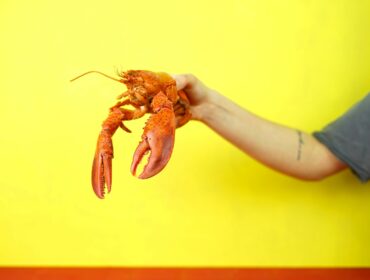A rare species of dolphin is about to get even more rare, say scientists of the population of Maui’s dolphins, found only in the waters off of New Zealand’s northwestern coast. Considered critically endangered for more than 30 years, this population has seen its numbers fall drastically to a current total of 55 individuals, with little hope for keeping them from extinction.
A subspecies of the Hector’s dolphin, the Maui’s dolphin is the world’s smallest dolphin species, growing to an average length of about 5 feet. They spend the bulk of their time feeding in pods, diving down to the seafloor for small fish, squid, and bottom-dwelling species. They have an average life span of 20 years, but Maui’s dolphins do not reach sexual maturity until at least 7 years of age, and breeding is intermittent — just one calf every 2-4 years. Although much of their habitat is an established marine protected area, this species’ biggest threat comes from gill nets and trawlers used just outside the limits of the protected area.
Within the space of 40 years, the population of Maui’s dolphins has plummeted from about 1,000 to less than 100, and the rate at which they are dying is simply too rapid for any chance of sustainability. Petitions have sprung up all over the online world to enlist support for the further protection of this rare species, but without immediate action, their fate is all but certain. The New Zealand government has acknowledged the serious nature of their plight and will be presenting proposals for the issue at the end of May.
Will these actions be enough to save the Maui’s dolphin from extinction, or are we looking at the last of the world’s littlest dolphins?




